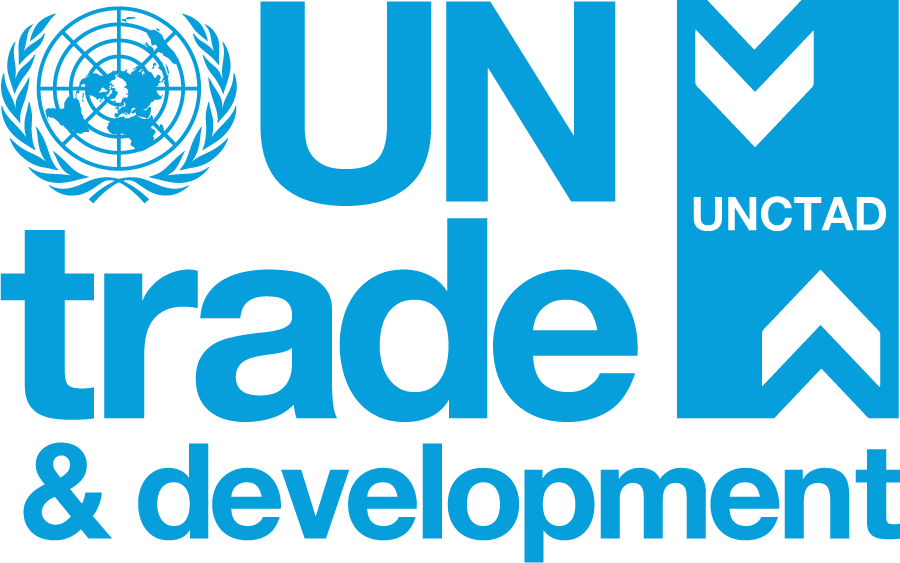UN ECOSOC Financing for Development Forum 2023 side-event: Rethinking public debt policies for the SDGs – regional perspectives
Organized by the Regional Economic Commissions
Your Excellencies,
Ladies and gentlemen,
Our world has been embattled by a series of crises. From the COVID-19 pandemic, the war in Ukraine, the climate crisis, to a cost-of-living crisis, and all this in a daunting global macroeconomic environment.
Facing these challenges has required enormous resources, forcing many countries to increase debt and the heavy burden that comes with it.
Debt distress today is a major obstacle to sustainable development.
As access to liquidity becomes more limited, as fiscal space shrinks, the growing debt is an extra burden to carry on an already bumpy road to achieve the Sustainable Development Goals.
We are not yet in a full-blown debt crisis, but we are already in a development crisis.
The problem is that the existing approaches to debt sustainability prioritize debt repayment over development spending.
Over the last decade, the number of countries spending more resources on external public debt service than on healthcare increased from 34 to 62.
The debt service bill of the Least Developed Countries increased by 50 per cent in a single year. They are paying 20 per cent of their export revenues to service their debt, and 16 per cent of their government revenues to service their external public debt.
Another problem is that most international efforts to deal with this issue, including the G20 Common Framework and the IMF Sovereign Debt Roundtable, do not cover middle-income countries.
These countries, which house the majority of the world’s poor, lack adequate access to multilateral financing, yet are also heavily constrained by debt.
Despite the severity of the situation, the multilateral response to the development crisis has been, and remains, too little-too late.
The current international financial architecture does not have the tools to provide immediate liquidity needed in moments of external shocks, like the ones we have recently lived. Neither does it address unsustainable debt burdens swiftly, orderly, fairly, and comprehensively.
That is why the international community needs to step up its efforts to reform the sovereign debt architecture, in line with the Addis Ababa Action Agenda.
But immediate action is also needed. Otherwise, the growing risk of a systemic debt crisis would only aggravate the current development crisis.
We, in UNCTAD, propose the following immediate and medium-term actions.
In terms of immediate actions, priorities should be:
- Putting forward an improved multilateral debt relief solution, especially before large debt servicing payments come due in 2023 and 2024. The fastest and easiest way to achieve this is to address the shortcomings of the G20 Common Framework. An Expert Panel Independent Review could be conducted to propose improvements to the Framework, as called for by the UN SDG Stimulus package. Improvements should include greater predictability and reduced action delays, provision of debt service suspension during negotiations, extension of eligibility to middle-income countries, and concrete tools to incentivize or enforce private creditors to participate in official debt restructurings.
- A new allocation of Special Drawing Rights (the so-called SDRs) of at least USD 650 billion is needed. As of December 2022, 32 low-income and lower middle-income countries had already used half or more of their accumulated SDR allocation.
- IMF borrowing costs have increased from 1 to 4.5 per cent over the last 15 months. When including surcharges, the cost increases to 7.5 per cent. These surcharges should be suspended to lower the burden.
- Also, lending from Multilateral Development Banks and Regional Development Banks should be scaled up massively. MDBs in total are disbursing about 100 billion dollars a year, a fraction of what is needed to close the sustainable development investment gap in the Global South, which UNCTAD estimates at over 4 trillion dollars annually. The UN SDG Stimulus, of which UNCTAD is part, is calling for a ten-fold increase of MDB lending to reach $1 trillion by 2030. We need to realize the so-called “moving from billions to trillions.”
- Developed countries should use their shareholder power to increase capitalisation of these banks, while MDBs themselves should look for ways to optimize their balance sheet, as proposed by the G20 Independent Review of MDB Capital Adequacy Frameworks. A good way to innovate in this area is to channel SDRs through MDBs, a road that the African Development Bank has now opened for all to follow, and which we must all support.
Then, in terms of reforming the international financial architecture:
- A core aspect is the provision of a multilateral debt workout mechanism, as already mentioned.
- Then, access of developing countries to the Global Financial Safety Net as international liquidity must be improved. It should be a global public good. The Safety Net is deeply unequal as low-income countries and most middle-income countries are excluded from almost all its instruments except IMF lending.
- Also, Debt Sustainability Assessments should be designed in a way that incorporate development and climate financing needs.
- And finally, a public debt registry for developing countries should be established to enhance transparency.
Ladies and gentlemen,
Balancing the post-pandemic recovery, the pursuit of the SDGs, and debt sustainability is crucial. There is an urgent need to assess the current state of public debt around the world, its impact on development and explore potential policy options.
The United Nations Global Crisis Response Group and the UN Regional Economic Commissions are currently working on this.
The project aims to monitor the ongoing debt situation through a standardized set of indicators compiled into a comprehensive database. This will provide policymakers and stakeholders with a better understanding of the impact of rising public debt on development, allowing for the UN to identify existing policy options to address this issue.
I can assure you that we are working relentlessly on this as much is at stake.
I thank you for your attention.


